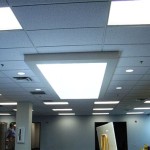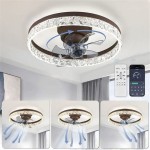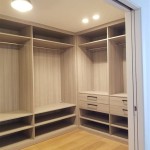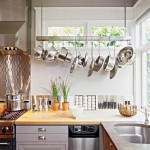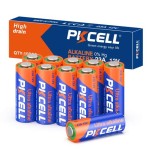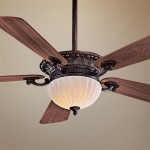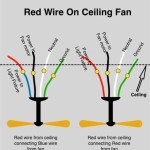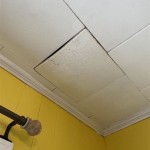Best Paint For Ceilings: Flat Or Satin
When choosing paint for your ceiling, you may wonder whether flat or satin is the better option. Both finishes have distinct qualities that make them suitable for different situations and personal preferences. This article will explore the advantages and disadvantages of each finish to help you make an informed decision for your ceiling painting project.
Flat Paint
Flat paint, also known as matte or ceiling paint, has a high concentration of solids and low sheen. It provides excellent coverage and conceals surface imperfections well, making it a popular choice for ceilings with minor flaws or uneven textures. Flat paint's low sheen minimizes light reflection, creating a soft and diffuse finish that does not draw attention to any irregularities on the ceiling surface.
However, flat paint's low sheen also makes it more susceptible to staining and dirt accumulation. Touching up or cleaning flat paint can be challenging without leaving noticeable marks. Additionally, flat paint may not be the best option for areas with high humidity or moisture, as it can trap moisture and promote mildew growth.
Satin Paint
Satin paint has a higher sheen than flat paint, typically between 10-25%. It offers a balance between reflectivity and hiding imperfections, making it versatile for use on both walls and ceilings. The subtle sheen of satin paint enhances the appearance of the ceiling by adding a touch of sophistication while maintaining a subtle backdrop for other elements in the room.
The increased sheen of satin paint makes it more resistant to staining and dirt compared to flat paint. It is easier to clean and touch up, making it a practical choice for areas prone to dirt or moisture, such as kitchens, bathrooms, and hallways. However, the higher sheen may also highlight any imperfections on the ceiling surface, so it is important to address any significant flaws before applying satin paint.
Factors to Consider When Choosing
When selecting between flat and satin paint for your ceiling, consider the following factors:
- Ceiling condition: Flat paint is more forgiving of surface imperfections, while satin paint may highlight them.
- Usage and environment: Satin paint is more durable and easier to clean, making it suitable for areas with high traffic or moisture.
- Desired finish: Flat paint provides a low-sheen, diffused finish, while satin paint offers a more reflective and subtly glossy appearance.
- Lighting: In dimly lit rooms, flat paint can appear softer and less reflective, while satin paint can enhance the illumination.
Conclusion
Ultimately, the best paint for your ceiling depends on your specific needs and preferences. If you prioritize concealing imperfections and prefer a low-sheen finish, flat paint is an excellent choice. If you desire a more durable, easy-to-clean finish with a touch of sheen, satin paint is a suitable option. By considering the factors discussed in this article, you can make an informed decision that will enhance the aesthetics and functionality of your ceiling for years to come.

What Is The Best Ceiling Paint Finish Flat Or Eggshell With Photos Of 7 Rooms Abbotts At Home

Best Ceiling Paint For Your Home The

What Is The Best Ceiling Paint Finish Flat Or Eggshell With Photos Of 7 Rooms Abbotts At Home

Best Ceiling Paint For Your Home The

A Guide To Choosing The Right Finish For Every Room Specialty Coatings Paintings

What Sheen Works Best On Ceilings Esp Painting Portland Or

Best Ceiling Paint For Textured Ceilings Eco Inc

Best Ceiling Paint For Your Home The

What Is The Best Ceiling Paint Finish Flat Or Eggshell With Photos Of 7 Rooms Abbotts At Home

Which Paint Sheen To Use On Ceilings Eggshell Vs Flat Youtube

